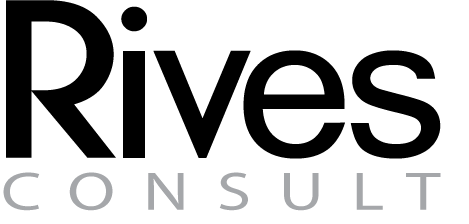The Path to Successful Medical Device Commercialization
- Rives

- Aug 17
- 3 min read
Bringing a medical device from concept to market is a complex journey filled with challenges and opportunities. Success requires a clear understanding of regulatory requirements, market needs, and strategic planning. This article explores the essential steps and practical advice for navigating the path to successful medical device commercialization.
Understanding the Landscape of Bringing Medical Devices to Market
Before diving into the development process, it is crucial to understand the medical device market landscape. This includes identifying the target audience, understanding regulatory pathways, and analyzing competitors.
Market Research: Conduct thorough research to identify unmet needs in healthcare. For example, a device that improves patient monitoring in intensive care units could fill a significant gap.
Regulatory Environment: Familiarize yourself with the FDA’s classification system (Class I, II, III) and the corresponding approval processes such as 510(k) clearance or Premarket Approval (PMA).
Competitive Analysis: Study existing products to identify unique selling points for your device.
By understanding these factors, companies can tailor their development and marketing strategies effectively.

Key Steps in Bringing Medical Devices to Market
The process of bringing medical devices to market involves several critical stages. Each step requires careful planning and execution to ensure success.
1. Concept and Feasibility
Start with a clear concept based on clinical needs. Engage healthcare professionals to validate the idea. Conduct feasibility studies to assess technical and economic viability.
2. Design and Development
Develop detailed designs and create prototypes. Use iterative testing to refine the device. Ensure compliance with design controls as per regulatory standards.
3. Preclinical and Clinical Testing
Perform preclinical tests such as bench testing and animal studies. Plan and execute clinical trials to demonstrate safety and efficacy.
4. Regulatory Submission
Prepare and submit the necessary documentation to regulatory bodies. This includes technical files, risk assessments, and clinical data.
5. Manufacturing and Quality Control
Set up manufacturing processes that comply with Good Manufacturing Practices (GMP). Implement quality control systems to maintain product consistency.
6. Marketing and Distribution
Develop marketing strategies targeting healthcare providers and institutions. Establish distribution channels to reach end-users efficiently.
Each of these steps requires collaboration among engineers, clinicians, regulatory experts, and marketers to ensure the device meets all requirements and market expectations.

How much does a medical device distributor make?
Medical device distributors play a vital role in the supply chain by connecting manufacturers with healthcare providers. Their earnings can vary widely based on factors such as product type, market demand, and distribution agreements.
Commission-Based Earnings: Many distributors earn commissions ranging from 5% to 20% of the sales price.
Volume and Territory: Distributors covering larger territories or handling high-volume products tend to earn more.
Value-Added Services: Offering training, maintenance, or technical support can increase revenue streams.
For example, a distributor specializing in high-end diagnostic equipment may earn higher margins compared to one dealing with basic consumables. Understanding these dynamics helps manufacturers choose the right distribution partners to maximize market penetration.
Navigating Regulatory Challenges Effectively
Regulatory compliance is one of the most significant hurdles in medical device commercialization. Failure to meet regulatory standards can delay market entry or result in costly recalls.
Early Engagement: Engage with regulatory bodies early in the development process to clarify requirements.
Documentation: Maintain thorough documentation of design, testing, and quality control activities.
Risk Management: Implement risk management processes to identify and mitigate potential hazards.
Post-Market Surveillance: Establish systems to monitor device performance and report adverse events.
For instance, the FDA’s Quality System Regulation (QSR) mandates strict controls over manufacturing and design processes. Adhering to these regulations not only ensures compliance but also builds trust with healthcare providers and patients.

Leveraging Partnerships and Innovation for Market Success
Collaboration is key to accelerating the path to market. Partnering with clinical experts, research institutions, and experienced distributors can provide valuable insights and resources.
Clinical Partnerships: Collaborate with hospitals for clinical trials and feedback.
Technology Integration: Incorporate emerging technologies such as AI or IoT to enhance device functionality.
Funding and Grants: Seek funding from government programs or venture capital to support development.
Marketing Alliances: Work with marketing firms specializing in healthcare to reach target audiences effectively.
By combining innovation with strategic partnerships, companies can overcome barriers and create devices that truly improve patient outcomes.
Successfully bringing a medical device to market requires a blend of technical expertise, regulatory knowledge, and strategic planning. By following these guidelines and leveraging available resources, innovators can navigate the complex landscape of medical device commercialization and make a meaningful impact in healthcare.



